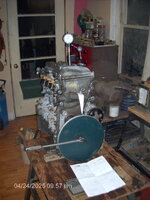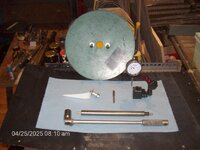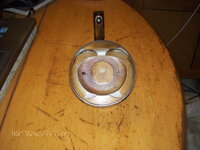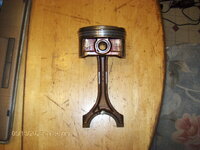yamoffathoo
Mechanical
I am considering refurbishing a 200,000 mile 2.4L, 4 cylinder engine sitting in my shop.
Compression testing at 250 rpm yields 90 psig, which increases to 120 psig with 3 squirts of oil in the cylinders, which is below the 140 psig minimum.
To determine whether inlet and exhaust valves are contributing and need lapping, would blanking both manifolds, then each one at a time and recording changes in peak compression numbers yield useful results?
How much compression increase in either valve train would indicate that lapping is required?
Lifter gaps are within specifications, so I am looking for a reason not to disturb them at this time.
Any suggestions would be welcome, thanks.
Compression testing at 250 rpm yields 90 psig, which increases to 120 psig with 3 squirts of oil in the cylinders, which is below the 140 psig minimum.
To determine whether inlet and exhaust valves are contributing and need lapping, would blanking both manifolds, then each one at a time and recording changes in peak compression numbers yield useful results?
How much compression increase in either valve train would indicate that lapping is required?
Lifter gaps are within specifications, so I am looking for a reason not to disturb them at this time.
Any suggestions would be welcome, thanks.




